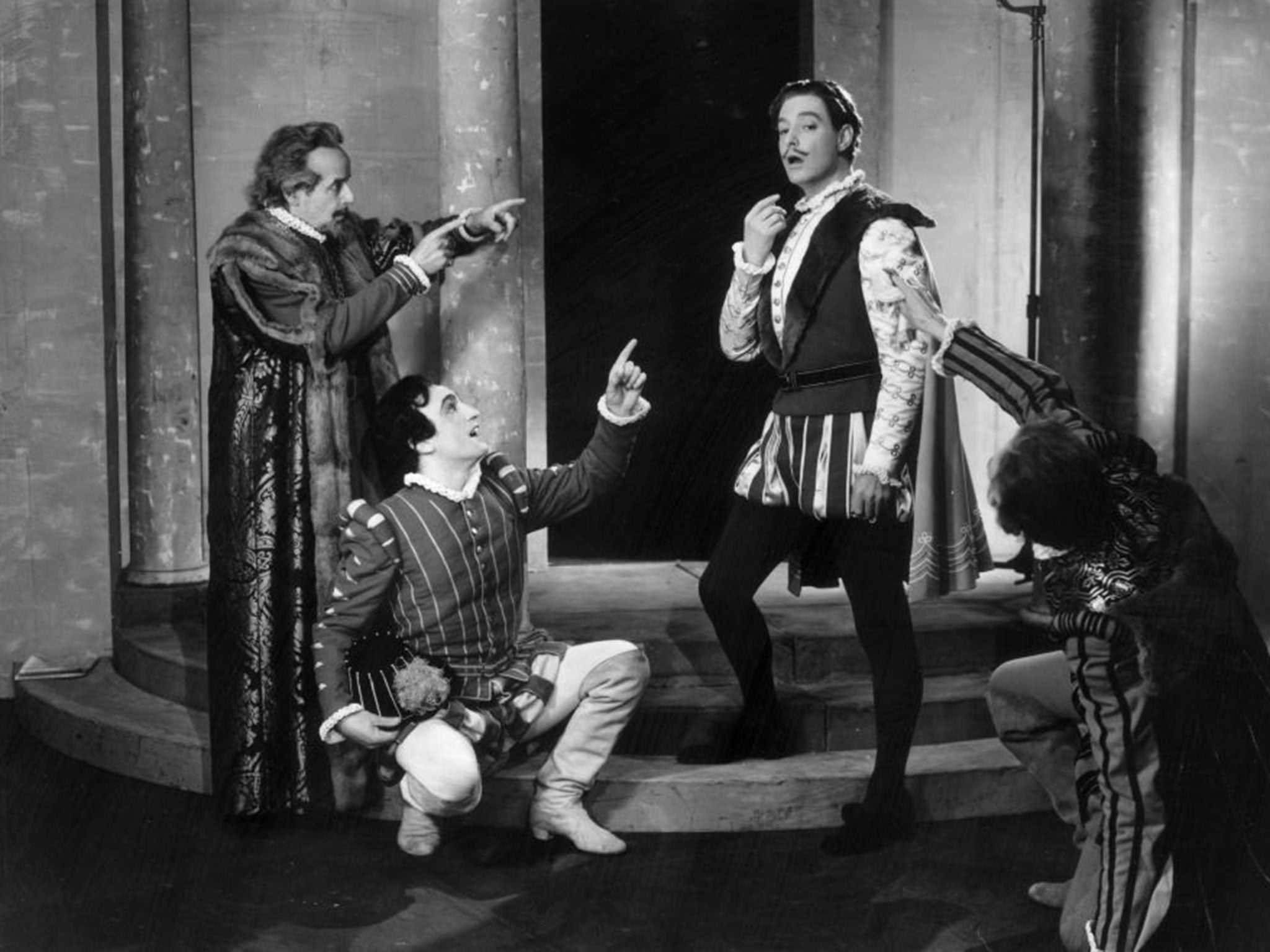Much Ado About Nothing at a glance: A brief guide to William Shakespeare's joyously liberating comedy
Written around 1598 and immediately popular, Much Ado is one of the Bard's few plays written almost entirely in prose

Plot: Claudio and Hero are engaged to be wed. Benedick, a witty bachelor, and Beatrice, Hero’s cousin, hate each other, but are tricked into falling in love. Claudio is told (falsely) that Hero has been unfaithful to him, and calls off the wedding. She faints; her family is persuaded to pretend that she dies. When Claudio realises he has been lied to, he agrees to marry someone else, even though he can’t see her face. Surprise! It’s the late Hero. They marry. Benedick and Beatrice declare their love for one another, and the play closes with her acceptance of his proposal.
Themes: Love, deep and shallow; flirtation; denial; the thrill of communication.
Background: Written around 1598, and popular from its earliest years, Much Ado is one of the few Shakespeare plays written almost entirely in prose. Notable modern versions include Kenneth Branagh’s 1993 film, whose star-studded cast included Emma Thompson as Beatrice and Branagh himself as Benedick.
Key characters
- Benedick: witty bachelor, determined not to marry, who nonetheless ends up doing so.
- Beatrice: strong-willed bachelorette, also set against marrying, who also ends up doing so – to Benedick.
- Don Pedro: trickster who fools the stubborn couple into falling in love.
Top lines
- “There’s a skirmish of wit between them.” Leonato describes the “merry war” between Benedick and Beatrice, Act 1, Scene 1
- “She speaks poniards, and every word stabs.” Benedick describes Beatrice, Act 2, Scene 1
- “Some Cupid kills with arrows, some with traps.” Hero tricks Beatrice into loving Benedick, Act 3, Scene 1
- “Everyone can master a grief but he that has it.” Benedick on sorrow, Act 3, Scene 2
- “I love you with so much of my heart that none is left to protest.” Beatrice finally admits her love for Benedick, Act 4, Scene 1
- “Done to death by slanderous tongues.” Claudio regrets his jealousy, Act 5 Scene 3
Echoes
Hector Berlioz used it as the basis of an opera, Béatrice et Bénédict. Films loosely based on it include Viel Lärm um nichts (East German, 1964) and Dil Chahta Hai (Indian, 2001). A 2005 retelling in the BBC’s ShakespeaRe-Told series (starring Damian Lewis and Sarah Parish) set the story in the studios of a regional news programme. Lines from the play feature in the Mumford & Sons song “Sigh No More”.
Subscribe to Independent Premium to bookmark this article
Want to bookmark your favourite articles and stories to read or reference later? Start your Independent Premium subscription today.

Join our commenting forum
Join thought-provoking conversations, follow other Independent readers and see their replies